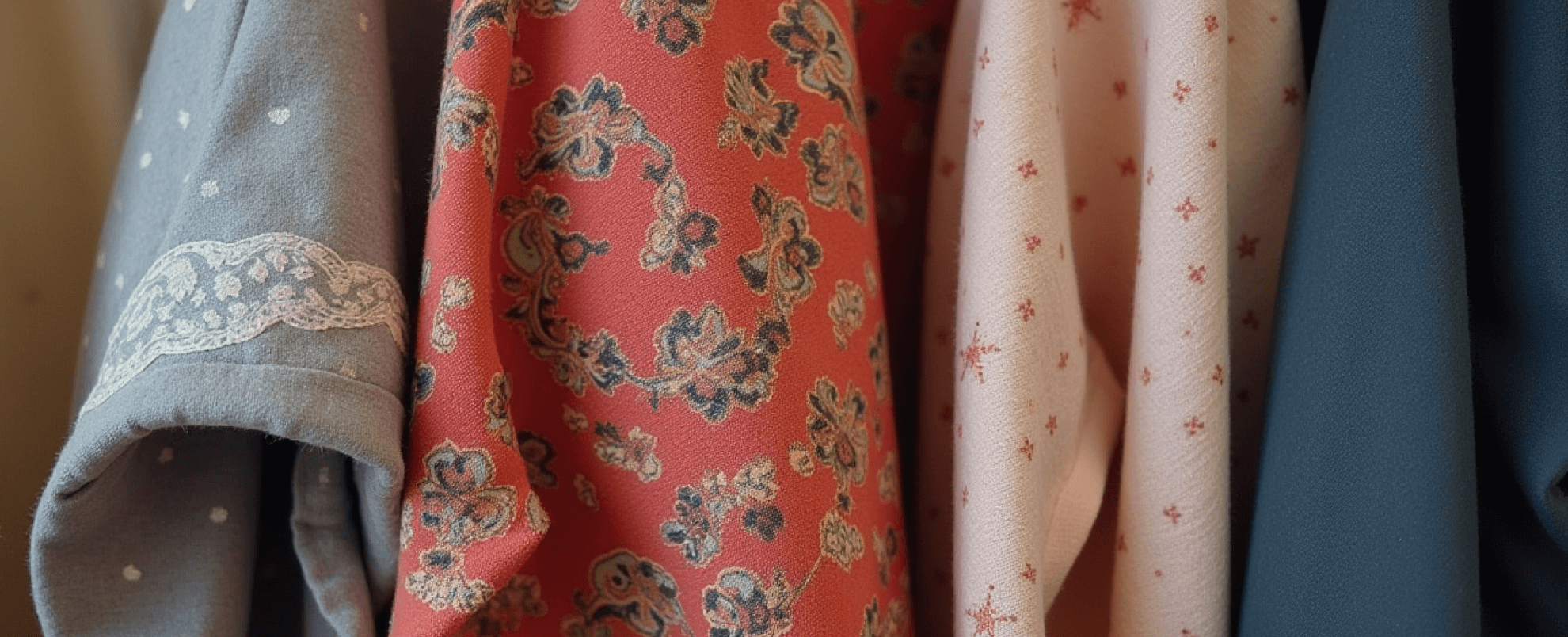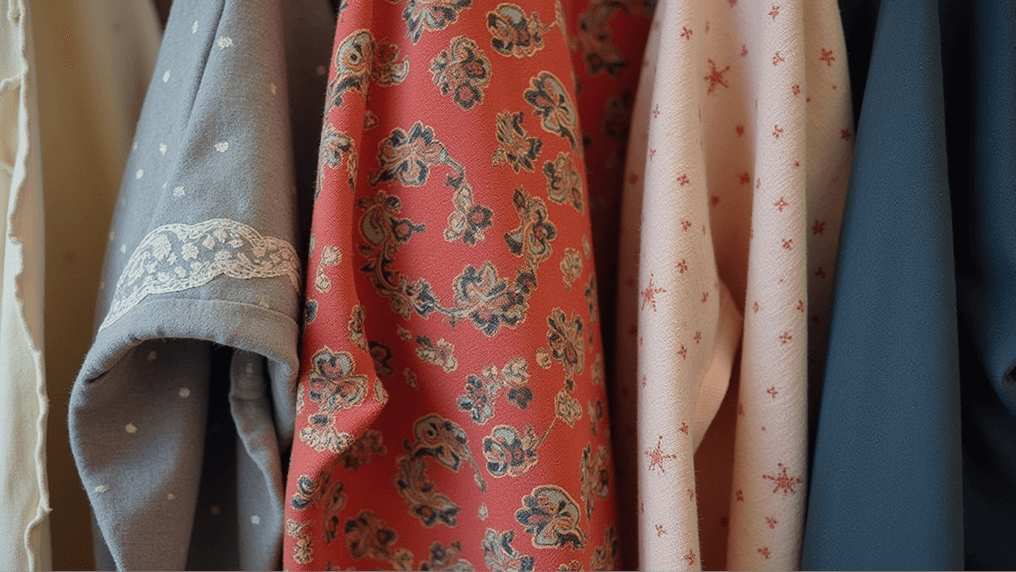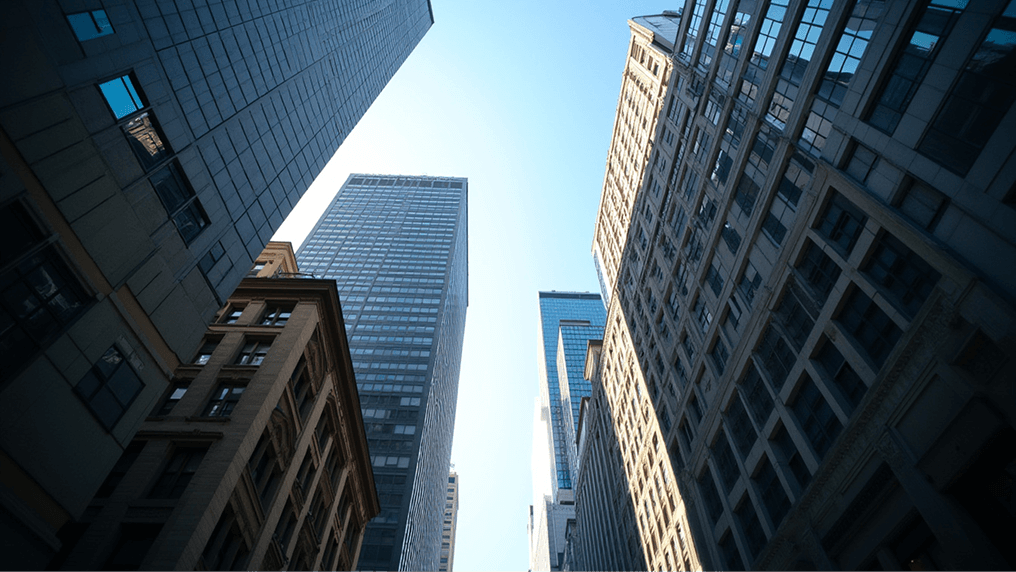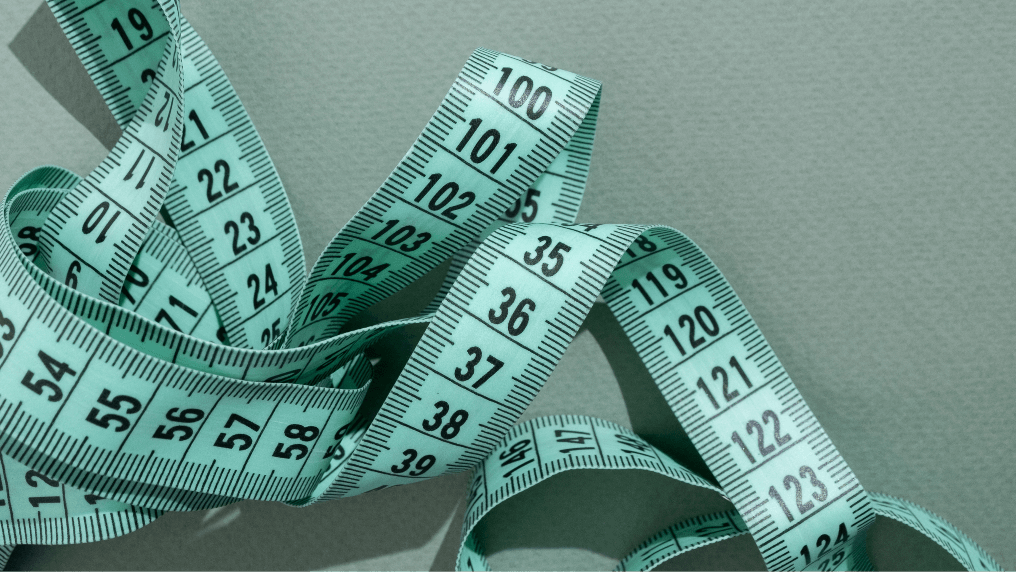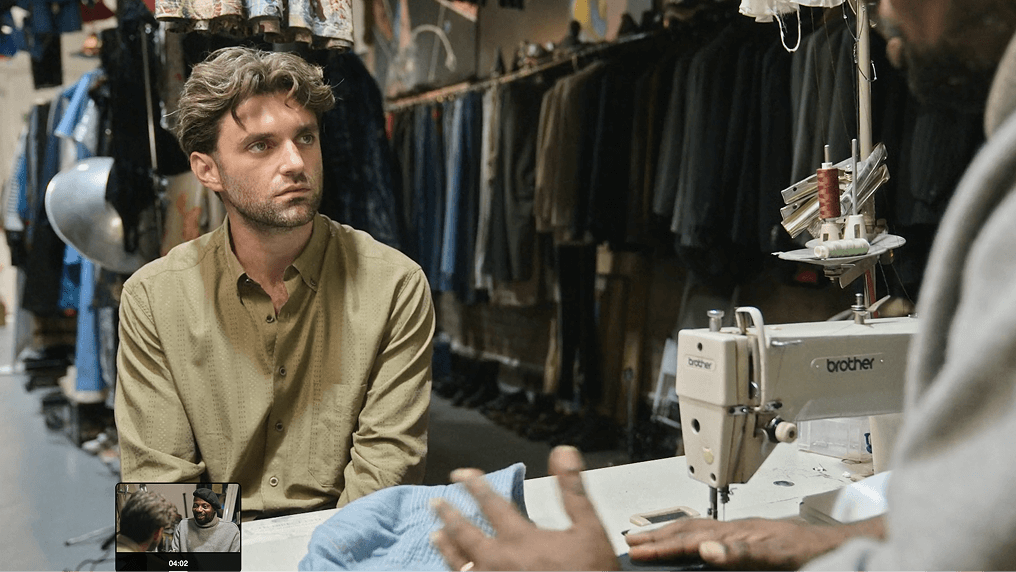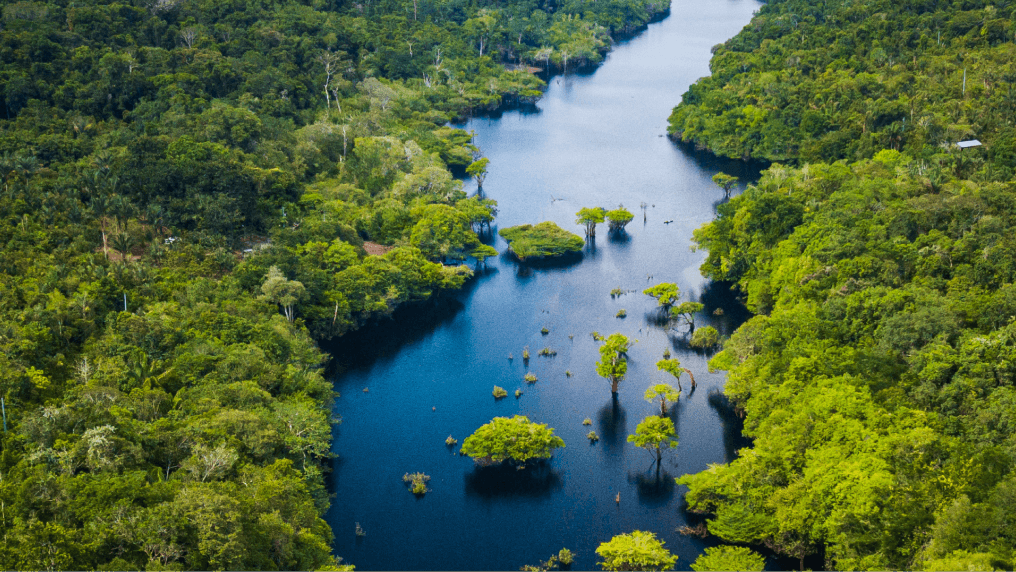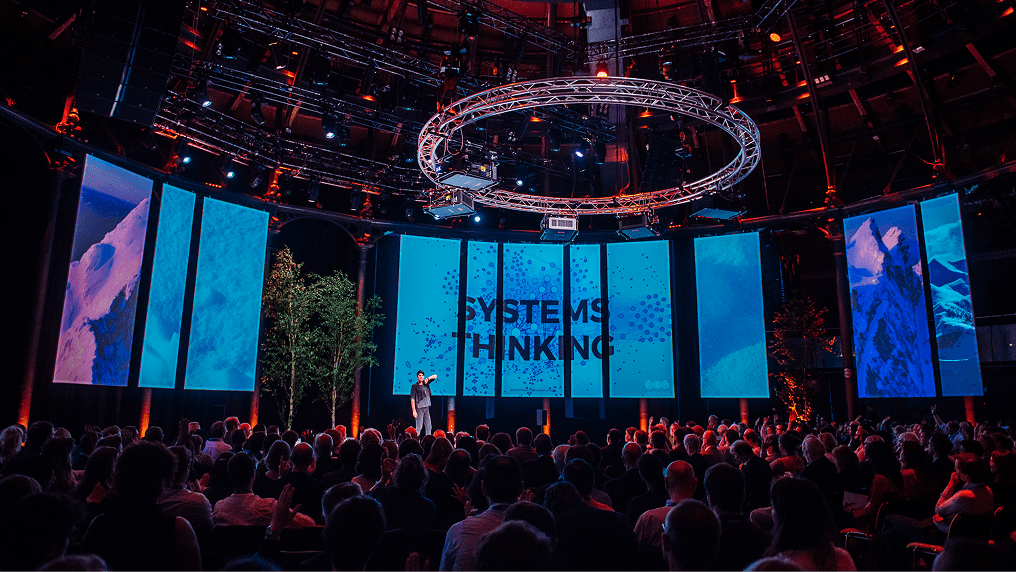This is part of a series of impact stories highlighted in our 2024 Impact Report. To explore more impact stories, see the full collection.
In May, we launched The Fashion ReModel, the world’s first accelerator project for circular business models (CBMs), such as renting, reselling, and repairing. The initial cohort of eight leading brands joined the project - each with a commitment to increase their revenue from circular business models. Participants have so far worked closely with the Foundation to build a strong business case for circularity and will collaborate to address other key barriers to scaling CBMs in the year ahead. By incubating change within our accelerator group, sharingsharingThe use of a product by multiple users. It is a practice that retains the highest value of a product by extending its use period. insights, and highlighting successes, we aim to inspire broader industry action.


A comprehensive circular economy approach is the only solution that can match the scale of the global textile waste problem.
In addition, we set out why EPR is a vital tool in establishing the infrastructure needed to collect and reuse textiles after use. Extended Producer Responsibility (EPR) is a policy approach that holds producers accountable for the entire lifecycle of their products. Well-designed EPR policy can encourage separate collection, sorting, reusereuseThe repeated use of a product or component for its intended purpose without significant modification., repairrepairOperation by which a faulty or broken product or component is returned back to a usable state to fulfil its intended use., and recycling of discarded textiles, and has the potential to drive action upstream, encouraging circular design and extending the use phase of textile products.
Developing the necessary infrastructure is vital to move towards a circular economycircular economyA systems solution framework that tackles global challenges like climate change, biodiversity loss, waste, and pollution. It is based on three principles, driven by design: eliminate waste and pollution, circulate products and materials (at their highest value), and regenerate nature., along with embedding circular design and transitioning to CBMs. Having already shown the feasibility of circular design through The Jeans Redesign initiative, these represent the latest steps in our strategic approach to seeding change in the fashion sector.
"We need to make circular business models as convenient and desirable as our linear business."
Sara Eriksson
Business Expert, Circular Business Models, H&M GroupFive milestones transforming the way clothes are made and used
In this collection
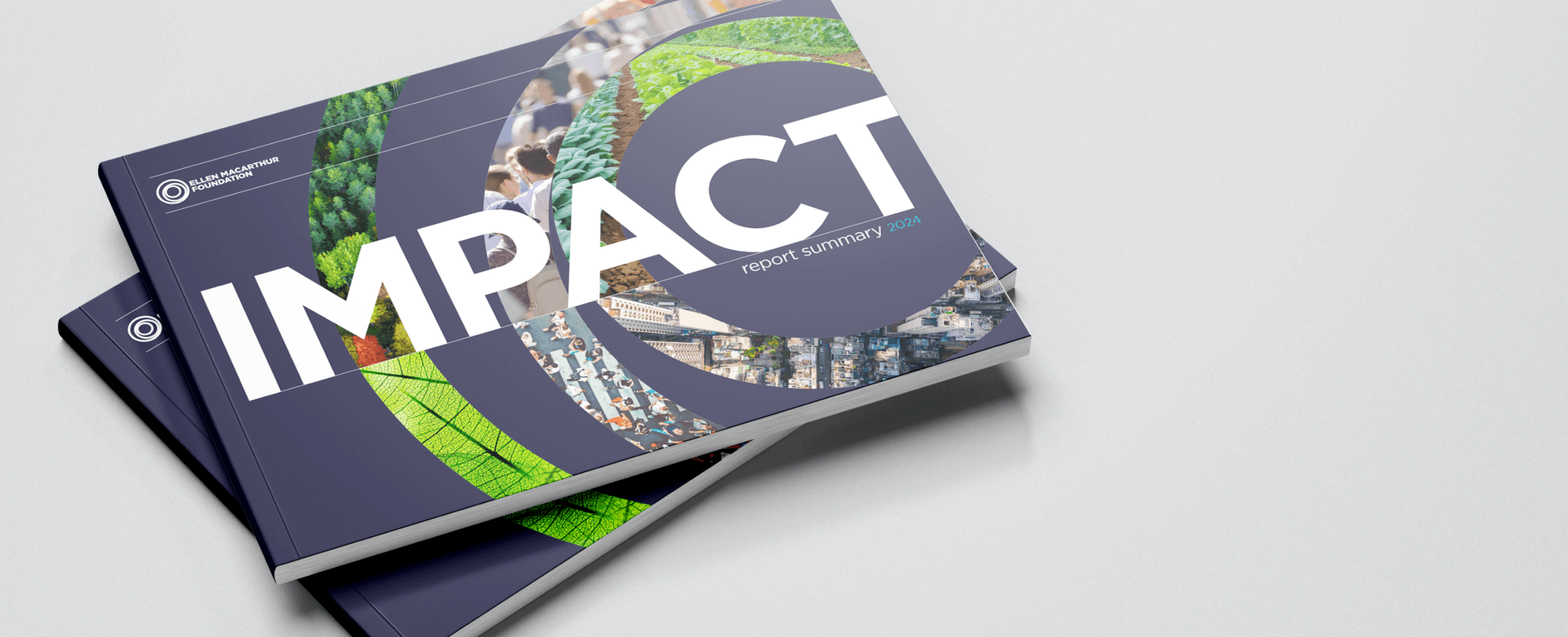
Breaking new ground
The Ellen MacArthur Foundation's Impact Report Summary 2024
We are a leading global organisation committed to transforming the economy so that it works for people and the environment.
